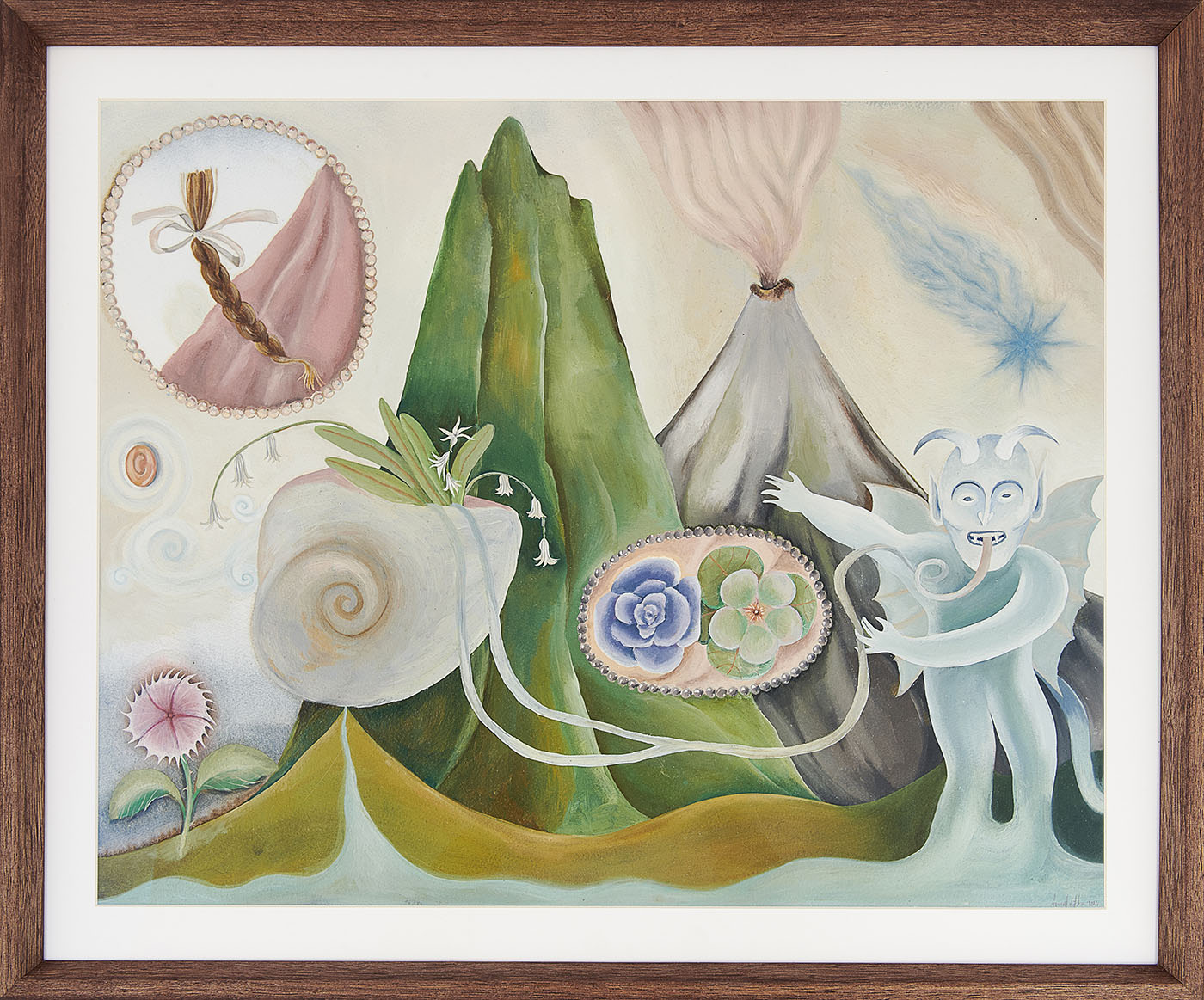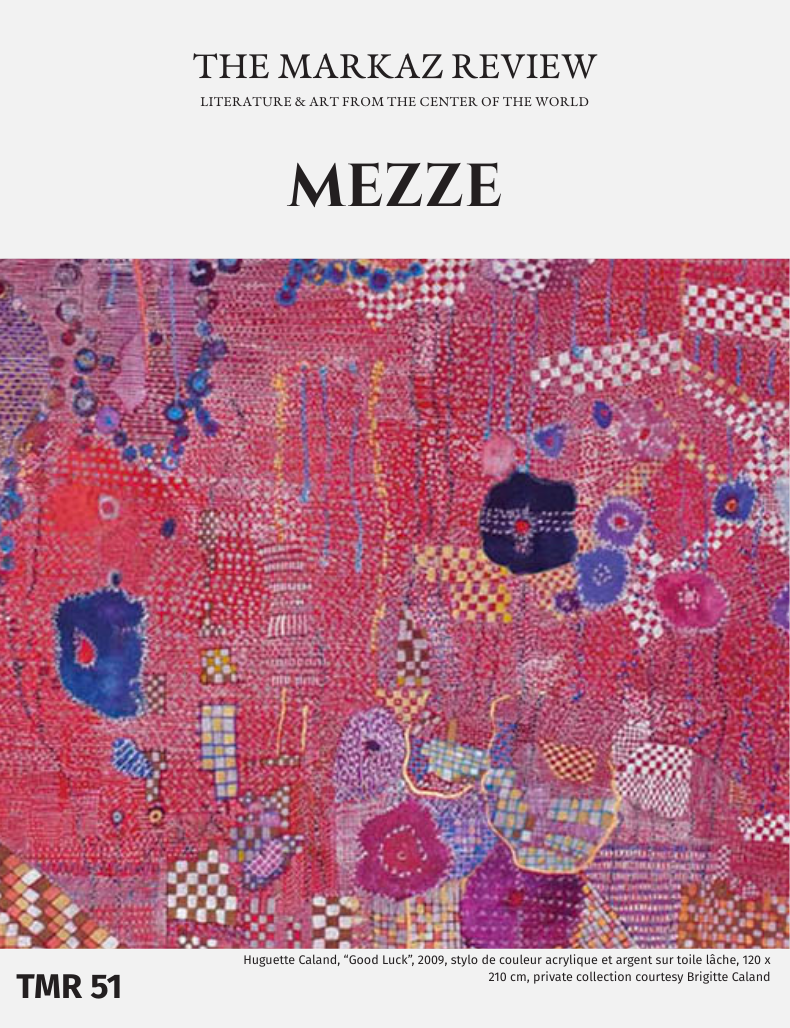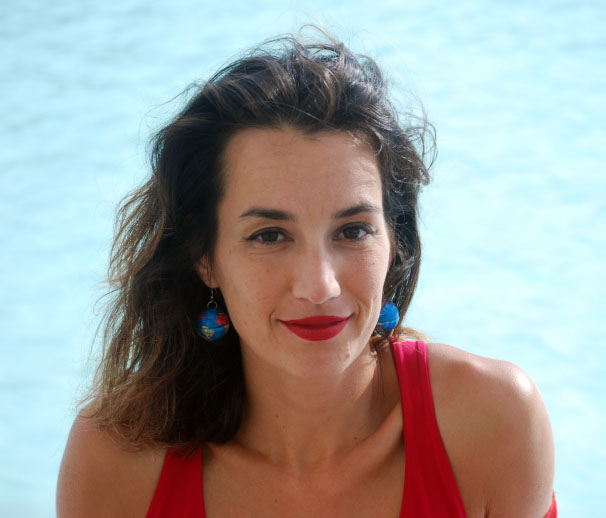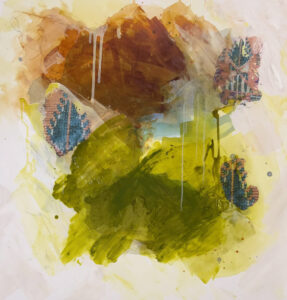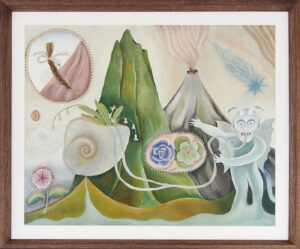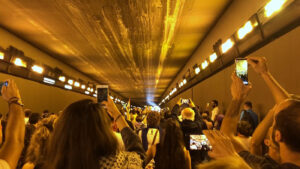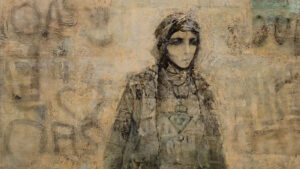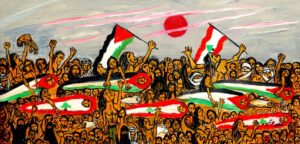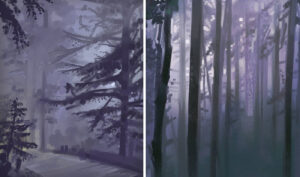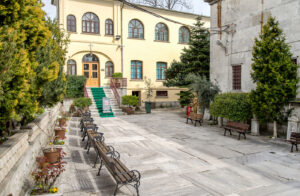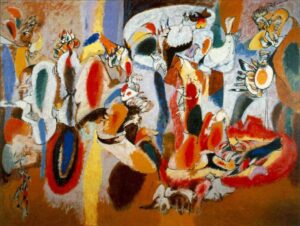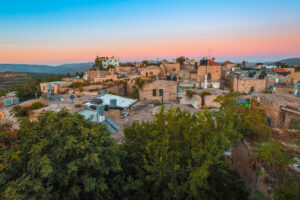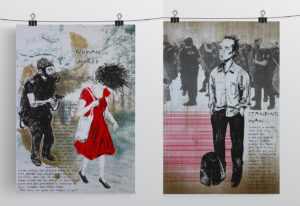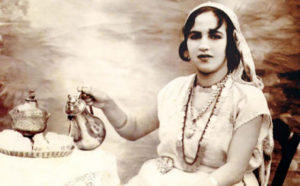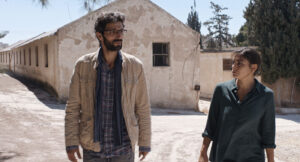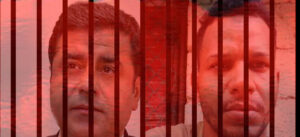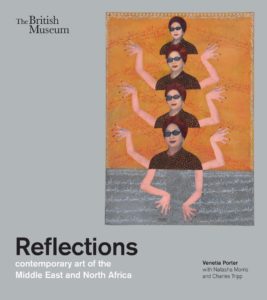To take a snapshot of the magmatic undercurrent in Istanbul's art scene, Naima Morelli examines the city’s subterranean energies through a gallery show, an art fair, and a museum retrospective.
A subtle tension, something that is underground and about to erupt, filled the bright rooms of the art space Galerist, overlooking the Bosphorus. It’s mid-April, in the Istanbul Pera neighborhood, not far from Taksim Square, where just a few weeks before huge protests took the Turkish city by storm, following the arrest of Istanbul’s mayor, Ekrem İmamoğlu, ordered by President Erdoğan.
I am standing in front of a large charcoal and watercolor artwork, representing an imaginary volcanic island, by Istanbul-based artist Ahmet Doğu. His practice deals with the loss of memory, both personal and public.
The work, representing a fictional map from 1805, includes writing that speaks of the journey of an imaginary ship sailing from India to Australia, and stopping by the depicted island. “Even if the artist doesn’t say [it] directly, this can be read as a reference to the Turkish current political situation,” confirms the gallery assistant. “But some of the viewers comment on how we metaphorically also have this smoke right now on top of us, as a country.”
The title for this collective show, The Volcano’s Lovers, with over 40 participating artists — both modern and contemporary – draws from the symbolism of the volcano. Turkish curator Anlam De Coster refers to Susan Sontag’s namesake historical novel. “I was inspired by the methodology of Susan Sontag and the way she uses the volcano as a metaphor — both for personal tumultuous passions and desires and repressed feelings, but also [for] the social upheavals of the time.”
The curation inspired by 18th-century upheavals, willy-nilly, found an uncanny counterpart in present-day Istanbul. “I guess the show somehow captures the energies of the moment, however, it was unintentional,” observed De Coster. “The protest started just a week after the exhibition opened.”
The show also included black-and-white photographs of Yıldız Moran, Turkey’s first formally educated female photographer, from the 1950s, depicting different locations of geological interest in Cappadocia: “In this picture, there’s this impending danger, this shadow,” De Coster said. “For me, it is time for women to explode.”
The feminine is seen as a subterranean energy bound to burst, personally and societally, and is echoed in works like Elis Uraf’s “Shakti,” a painting of a stoneware depicting a woman lying underground, while her magmatic energy was exploding out. Similarly, the concrete sculpture of Ayça Telgeren, aptly called “Growing Pains,” from 2025, is a poetic, tangled shape that materialized the expression “twisted stomach.”

In a country where free expression faces increasing restrictions, the volcano is a potent image: pressure mounting until rupture becomes inevitable. “We feel like the world as we know it is coming to an end,” De Coster noted, gesturing toward a powerful work by Azzurra Galatalo called “Two Mountains.” “So we don’t know where to hold on to — what’s going to be our future.”
CI Bloom Fair
Trailing a long-haired, patched cat along a side street, I arrived at CI Bloom, Contemporary Istanbul’s younger sibling fair of emerging galleries. CI Bloom had opened weeks after the outburst of protests. Yet attendance was significant for a small fair.
“There was a serious situation a month ago,” said Ali Güreli, director of CI Bloom. “Some of your colleagues hesitated to come. You can tell them there’s nothing happening right now. We are very happy to be in Istanbul,” he said the day of the conference, which was held in a relatively calm time.
Ali Güreli’s role on Turkey’s artistic landscape is both prominent and controversial. While he has been behind a great number of private artistic initiatives in Istanbul and has ambitious projects to transform the Golden Horn into a “second Venice for contemporary art,” his defense of Turkey’s invasion of northwest Syria in 2019 drew criticism from the international art community.
Güreli emphasized CI Bloom’s role as a “showcase of the art produced in this country.” He avoided the label “Turkish art,” explaining that “there is no Turkish art. It’s the art here produced in the country. That’s just the definition, in my opinion. There are many ethnic mixtures in Turkey, and many civilizations. So you cannot look at Turkish art as a whole.”
At a breakfast at the Mandarin Hotel Bosphorus, Güreli informally spoke of the political implications of İmamoğlu’s arrest, feeling that it would make him into a symbol for protesters.
“It’s Turkey, so geographically we are always in turmoil,” said the gallery representative at Dirimart Gallery. “So, it is best for us every time to keep focusing on what we are doing. The solution is not to withdraw, but rather push our boundaries, to have art as an explanation of what is going on.”
“Of course, the political situation affects everything. We are in the middle of it. But we must continue. We must make art. We must sell art. We cannot stop everything,” echoes Çiğdem Özdemir director from CHI Art Gallery from Istanbul.
For most of the local galleries present at the fair, CI Bloom became less a market and more a moment of communal reassurance. Genco Gulan, director of CAM Gallery, put it bluntly: “Obviously the political climate has been pretty tense these past few weeks,” he said. “But we see here that artists need to keep making work. We need physical events to find each other.”

These tensions are mirrored in the artists themselves. Turkish-Russian artist Berk Gunturk exhibited a painting of a man standing in between cultures. “He is speaking of 19th-century imperial ideology, and the entanglement orthodoxy, nationalism, and monarchy,” explained Gulan from CAM Gallery. “It’s all more relevant in the framework of today’s war.”
Next to it in CAM’s gallery booth, the artist Amar Kılıç, featured works in copper-based photographic processes, inspired by a historical site that is under the protection of UNESCO, a poetic contradiction that speaks volumes about fragility and resilience.
Some figurative works at the fair tackle social issues heads on, for example the painting “Isimiz” by Bahattin Eren, showcasing a number of rats coming out of a manhole under the eyes of a group of helpless workers, while a man is playing a trumpet on top of a telephone cabin.

The long arc of resistance
To understand the long-standing commitment of Turkish artists to socio-political combat, and have some historical perspective, I turned to the contemporary museum of the Turkish city: Istanbul Modern. In the building design by Italian architect Renzo Piano, the permanent collection is showcased through rotating exhibitions, curated around a specific theme.
This time the theme is Floating Islands, and consists of a production spanning from 1945 to today. The exhibition tracked seven decades of art forged under shifting political tides — authoritarian crackdowns, rural uprisings, and ideological wars.
Here, too, the label “Turkish art” is rejected, as artists with different subjects and approaches, from figurative paintings to installations and videos, are united by popular tendencies of the time, as Floating Islands pays homage to artists’ extraordinary imagination and spheres of influence. It indicates their attachment to a specific place while also emphasizing the impact of their thought and production beyond borders and geographies.
In the 1950s, abstractionists returning from Paris fused modernist languages with Ottoman aesthetics as subtle acts of cultural negotiation. In the 1960s–1970s, political realism took hold, as we can see in Neşet Günal’s lithographs chronicled peasant struggles.
Burhan Doğançay’s layered collages — fumage, torn posters, rusted materials — mapped Istanbul’s walls as battlegrounds of propaganda and protest. His work prefigured modern-day campaigns to control dissenting media.
The 1980s–1990s feminist turn saw artists like Nil Yalter and Neriman Polat speaking of the condition of women in Turkey. In this section, artists probed the body’s endurance under political trauma. In a video the artist Nezaket Ekici, known for her durational performances, tries to escape a golden cage, by trying to reach the key of the cage, to a delicate memorial made of ribbons that recall the numerous cases of feminicide in the country.
Bedri Baykam’s satirical deconstruction of Orientalist tropes in the big canvas/collage “Ingres, Gerome, Burasi Benim Hammamim,” reclaimed national narratives over Western superimpositions.
“Artists can register subterranean movements,” says Deniz Pehlivaner, the curator of the show, guiding me through the rooms of the building. “They make us see hope.” In the final galleries, Refik Anadol’s data-driven light installations warned of ecological collapse intertwined with social repression.
As the show continues in the museum, outside its walls, the protests in Istanbul and other parts of Turkey have resumed in the past few weeks, as a testament to the fact that social upheaval is not a singular moment but an ongoing process — one that Turkish artists have navigated for decades.
The last consideration of De Coster while walking out of the Galerist are still resounding in my ears: “We still don’t know what this moment will mean for us,” she concluded “We need to go through painful processes to be reborn — as societies, as nations, but also as individuals.”



